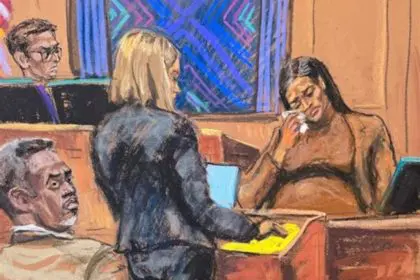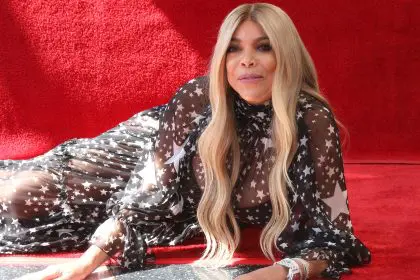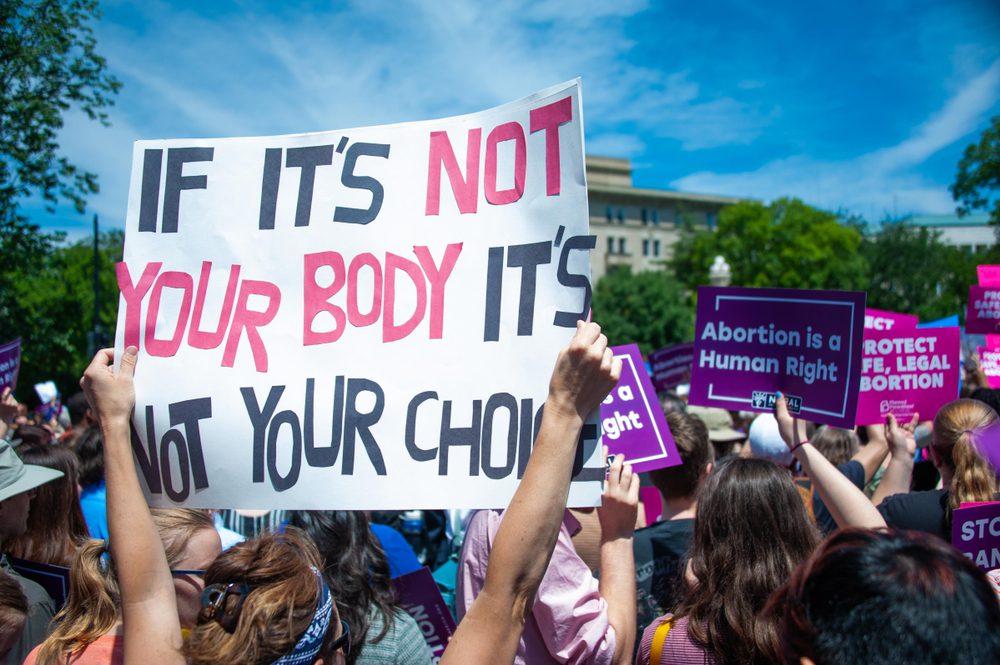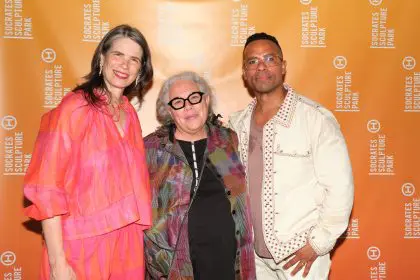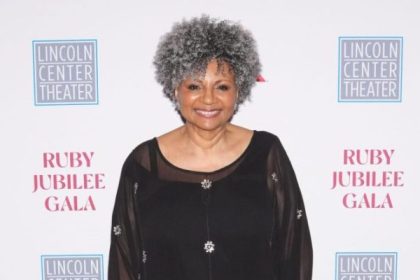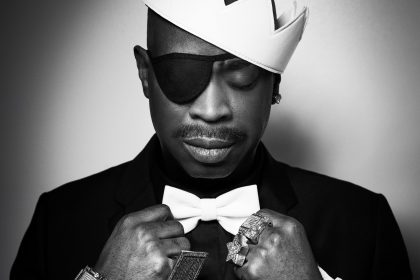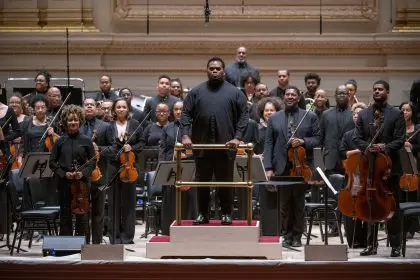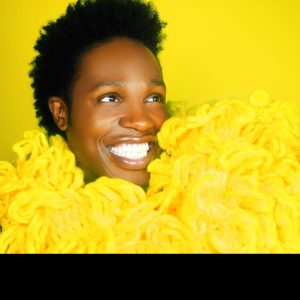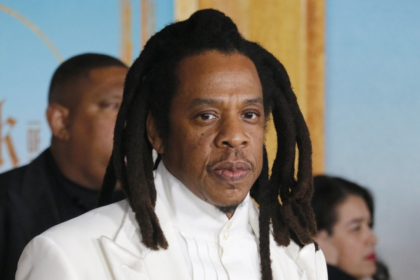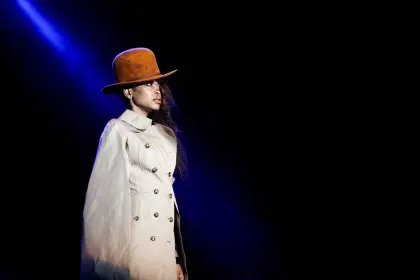Harlem Arts Alliance Presents: On the ‘A’ w/Souleo

If I were born in the civil rights-Black Power generation then perhaps after 26 years of gravity on earth I would have finally celebrated Kwanzaa. Alas, I am from the millennial generation and Kwanzaa hasn’t made it onto my iPhone calendar with a special reminder beep to get spiritually connected.
Instead of partaking in Kwanzaa, I went to visit Janet Rodriguez, founding president and CEO of SoHarlem, a place-based social enterprise that assists at-risk populations in developing cultural industry career opportunities. Upon entering I was immediately served a slice of Sandra Hernandez’s unique flan along with Rodriguez’s flavorful homemade coquito. I sipped and chewed as I admired Donna Drew’s broaches, Tatiana Pages ORIGOMU jewelry and Rafael Sanchez’s James Baldwin inspired T-shirt. While there I also ran into Ella Veres, a Harlem-based artist originally from Transylvania, Romania whose photographs are vibrant representations of her native land.
Rodriguez and I spoke of her mission to empower women to become productive community members through the Cultural Workforce Program. The program gives the female prison population the chance to become apprentices trained by master artisans. “Creativity is a part of economic development,” she says. “If the apprentices and artisans eventually are making a livable wage then we are slowly making a difference in the number of people that are poor.” In the meantime, Rodriguez and her executive staff have been toiling away for the past year without any salaries in order to keep the program operational.
Singer-songwriter Amel Larrieux is equally as passionate about her life’s work, which she demonstrated during her concert at Highline Ballroom, which was produced by Jill Newman Productions in association with Blisslife. Larrieux’s set included several new songs (they sounded great) interspersed with fan favorites including “Tell Me,” “Gills & Tails,” and “Get Up.” Highlights included select audience members singing along into her microphone; her words of motivation for the working masses to pursue their dreams on “Get Up; and the presence of family as her teenage daughter, Sky, performed background vocals and took cues from her mother.
Once back home in Harlem, curiosity led me to research the seven principles of Kwanzaa. Instantly, I began to reflect on my experiences with Rodriquez and Larrieux. Rodriquez’s nia (sense of purpose) to economically empower the community through collaboration are examples of ujamaa (cooperative economics) and ujima (collective work and responsibility). Larrieux used her kuumba (creativity) to enrich the world through lyrics of imani (faith) and kujichaguila (self-determination). In the end, both women are advocates of umoja (unity).
In hindsight I did celebrate Kwanzaa after all — through the power of the arts. It’s enough to make me want to finally give Kwanzaa a real chance next holiday season. To ensure that, I’ve already activated that special reminder beep on my iPhone.
For more information on the Harlem Arts Alliance, visit www.harlemaa.org.
For more information on Souleo Enterprises LLC, visit souleouniverse.com.

